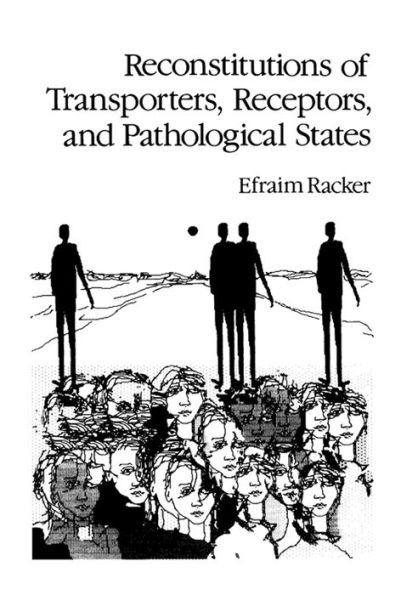Reconstitutions of Transporters, Receptors, and Pathological States
Reconstitutions of Transporters, Receptors, and Pathological States presents lectures about the reconstitutions of transporters, receptors, and pathological states. The book discusses the principles and strategies of the resolution and reconstitution of soluble pathways and membrane complexes; and lessons in the resolution and reconstitution after the natural structure of the membrane has been destroyed. The text then describes the analyses of reconstituted vesicles; the ATP synthetase of oxidative phosphorylation; and the ?1?2 pumps of plasma membranes. The ATP-driven ion pumps in organelles, microorganisms, and plants; the proton motive force generators, electron transport chains, and bacteriorhodopsin; and facilitated diffusion, symporters, and antiporters are also considered. The book further tackles plasma membrane receptors, as well as the reconstitutions of pathological states. Biochemists, molecular biologists, and cell biologists will find the book invaluable.
"1005019049"
Reconstitutions of Transporters, Receptors, and Pathological States
Reconstitutions of Transporters, Receptors, and Pathological States presents lectures about the reconstitutions of transporters, receptors, and pathological states. The book discusses the principles and strategies of the resolution and reconstitution of soluble pathways and membrane complexes; and lessons in the resolution and reconstitution after the natural structure of the membrane has been destroyed. The text then describes the analyses of reconstituted vesicles; the ATP synthetase of oxidative phosphorylation; and the ?1?2 pumps of plasma membranes. The ATP-driven ion pumps in organelles, microorganisms, and plants; the proton motive force generators, electron transport chains, and bacteriorhodopsin; and facilitated diffusion, symporters, and antiporters are also considered. The book further tackles plasma membrane receptors, as well as the reconstitutions of pathological states. Biochemists, molecular biologists, and cell biologists will find the book invaluable.
54.99
In Stock
5
1

Reconstitutions of Transporters, Receptors, and Pathological States
288
Reconstitutions of Transporters, Receptors, and Pathological States
288
54.99
In Stock

Product Details
| ISBN-13: | 9781483214238 |
|---|---|
| Publisher: | Elsevier Science |
| Publication date: | 01/01/1985 |
| Sold by: | Barnes & Noble |
| Format: | eBook |
| Pages: | 288 |
| File size: | 3 MB |
From the B&N Reads Blog
